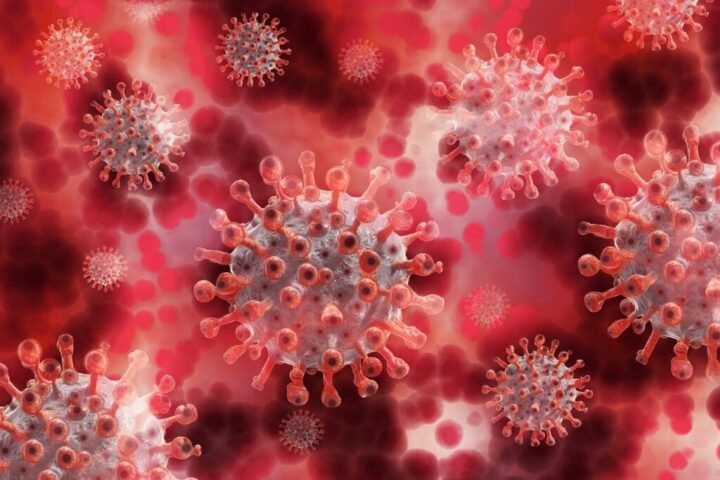A team of scientists have created a nanoparticle tool which allows scientists across the country to study COVID-19 without any risk of infection. This particle mimics how the virus infects the cells and allows researchers to examine the virus regardless of the type of facility they have. The more researchers are able to get on board, and ultimately we could find a treatment faster.
This published study included a total of 10 researchers. 6 scientists were from the NIH and 4 were from the Naval Research Laboratory (NRL). Kirill Gorshkov, a researcher at the NIH, and a co-author on the study, explains the basis of their findings.
The team contends this tool is already ready for commercialization.
The Study
The nanoparticle tool precisely mimics the size, shape, and actions of SARS-CoV-2. This tool is called the quantum dot. It is a fluorescent nanoparticle created by combining selenium and cadmium. It has a diameter of only 10 nanometers which means it is 3,000 times smaller than the hair on your head. Every quantum dot has studs of the spike protein SARS-CoV-2. This protein binds to ACE2, an enzyme, and ultimately leads to infection.
ACE2 binding is necessary for infection to occur. Researchers discovered this back in 2003 when the SARS outbreak occurred. This means that if they are able to block ACE2 and the virus from interacting, the virus can’t infect the cells.
This tool is helpful for so many reasons. For one, it is fluorescent so that it can be easily seen underneath a microscope and researchers can track the effects the virus has on the cell as they’re happening. The dot can also be used to mirror how the virus behaves when antibodies are present. Antibodies were able to neutralize the virus, meaning the dot was unable to bind to ACE2 properly and ultimately infect the cells when antibodies were present.
Researchers ultimately hope to uncover a compound that is able to effectively block the virus from binding to cells. If the virus doesn’t bind, it can’t infect. The greater understanding of antibodies this dot provides could help scientists test therapeutics that can interrupt the binding process.
Right now, they are focused on looking at already approved drugs that they can repurpose as a treatment for COVID.
Looking Forward
Looking forward, the team hopes that their research can be used to understand how other viruses interact with cells, not just COVID.
Additionally, they are investigating what other cells may bind to SARS-CoV-2. We know that the respiratory system and the kidneys can be impacted by a COVID-19 infection, but we don’t yet understand the inner workings of this virus.
Lastly, the team is hopeful that this model could be used to potentially deliver treatments directly to the cells.
You can read more about this research here.








